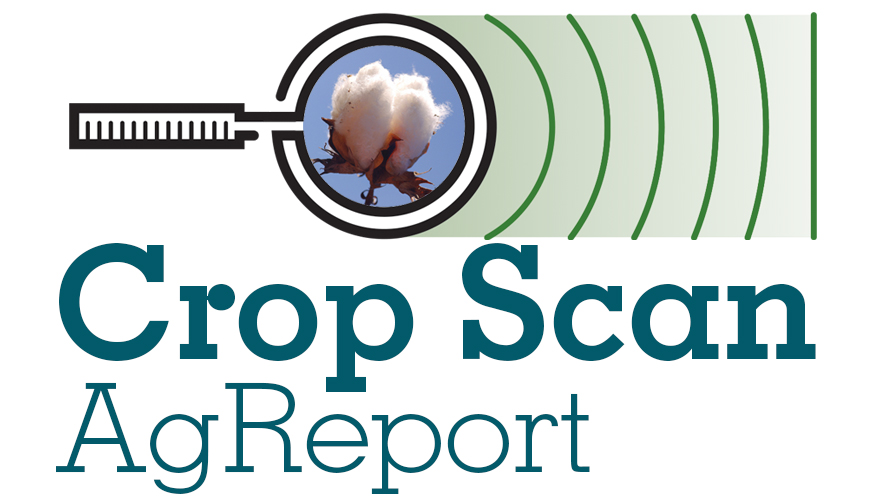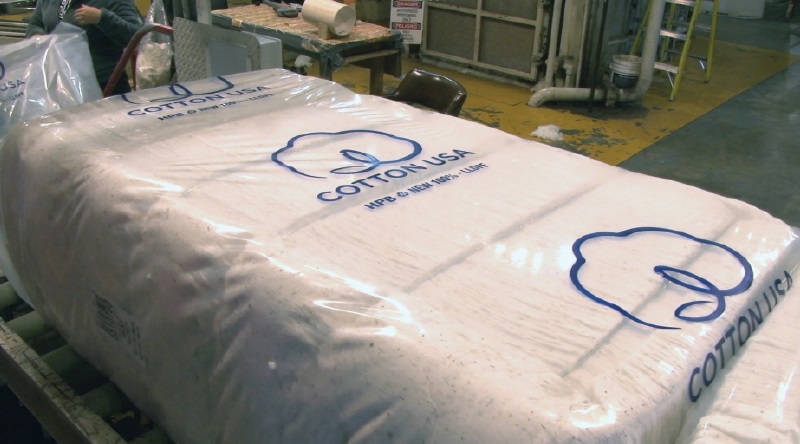Bumpy Market Ride Likely Ahead
The price spread between old crop and new crop expanded further this week – a bit surprising as July and December tend to come together before July enters its expiry period. Yet, there are 20 more calendar days before then. Thus, it is expected that the market will be more volatile than over the past three weeks. Limit to near limit moves, in both directions, will likely be experienced between now and June 24.
July futures is benefiting from a 10 to 1 ratio of on-call sales versus on-call purchases. This would be manageable except for the very short time those fixations need to be made. Data shows that as of last week, 3.6 million bales needed to be fixed by buying July futures versus 334,600 bales requiring fixation by selling futures. Granted, this late in the contract’s life there are likely some number of on-call fixations that have been made in the options ring, and that takes some of the bullishness out of the July contract.
July is trading back near 140 cents and has a shot – although weak – at 145 cents. Too, any rally to that level will be very short lived. Mills will be more aggressive buyers with prices in the low 130s and below.
Mills are holding off pricing until after July 24 when they can use either the October or December futures contracts (December is some 20-23 cents lower than July). July will likely go off the Board with a whimper, but that does assume merchants will not squeeze the mills.
December contract prices have gone the opposite direction, down most every trading day. We had pegged a 115-cent bottom, but that is being challenged with the continued widespread and beneficial rains falling across the Southern Plains. To date, the support at 117 cents has held, but was challenged this week. The West Texas and Oklahoma dryland cotton still needs more moisture.
Too, the coming week is projected to be very beneficial for crop development. Actually, the coming week is expected to support excellent crop development across the entire U.S. Cotton Belt. Nevertheless, subsoil moisture across the Plains remains sparse, and plant development will be stunted without continued weekly to bimonthly widespread showers.
Yet, the 2022 U.S. crop prospects are remarkably better than just a week ago. Long term prospects depend entirely on more rainfall, but it is noted that the Plains crop is facing the beginning of the historical dry period for the region. December should find excellent price support in the 115-cent area, but the next solid line of support after that is around 109 cents.
While demand is weaker, the market has fallen enough to again make spinning profitable. Additionally, the U.S. consumer remains flush with cash, but more and more prognosticators suggest that cash will play out in the first quarter of 2023. Further, the December contract exhibits no danger in falling below the 105-cent level. Yes, there will likely be an increase in world production, especially in India, but the monsoon there is weaker to date than normal, and cotton is not as competitive in other countries as it is in India.
Along with the drop in prices, U.S. export sales exploded with current crop upland sales totaling a net of 354,200 bales, and new crop upland sales totaling 109,100 bales. Further shipments totaled a season high of 499,000 bales. Buyers in the week were China (151,700 bales), Vietnam (90,000 bales), Bangladesh (43,200 bales), Turkey (33,400 bales), and India (21,300 bales). The primary shipment destinations were China (160,500 bales), Vietnam (93,100 bales), Turkey (83,400 bales), Pakistan (56,000 bales), and Bangladesh (15,000 bales).
Overall shipment levels suggest that spinning, and consequently retail shelves, can rebound with raw cotton prices in the 120s. It is important to note that spinners are not so much concerned with the price of cotton. Rather, their principal concern is their spinning margin, or profit margin. Thus, with lower prices, they can sell yarn and maintain their margins and not be concerned with building inventory.
Continuing with the prior week, July has another slight run or two higher before moving into its delivery period. The run(s) will be weak and short lived. The market could touch 145 cents, but most likely not that high. December prices should consolidate in the 115-118 cent area and hold for a new set of fundamentals.
USDA’s June planting report is coming on June 30. The June world supply demand report will be released on June 10 at 11:00 am Central time, and the Cotton Market Roundtable panel will discuss the report on the AgMarket Network that day at 1:30 pm Central time. To listen or participate, call 605-313-5148 and enter code 571052#. An archived recording will be available at AgMarketNetwork.com and its Facebook and Twitter pages. Your participation is welcomed, and you will have the opportunity to ask questions.
The USDA estimation of U.S. exports is a statistic that bears watching.
Give a gift of cotton today.








